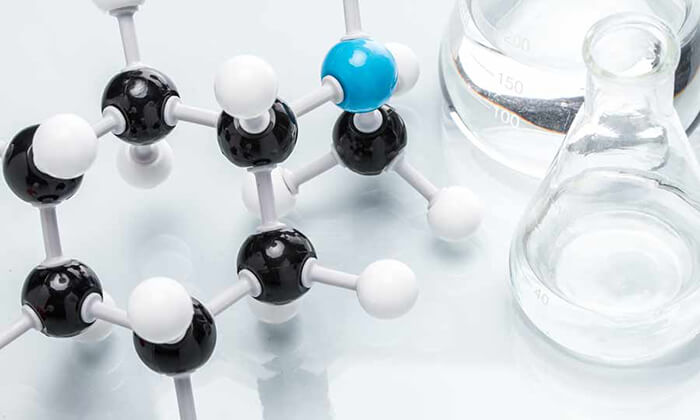PFAS sleuths seek ‘forever chemical’ fingerprints
By Alex Ebert & Maya Goldman | Bloomberg Environment | July 9, 2019

Read the full article by Alex Ebert & Maya Goldman (Alex Ebert & Maya Goldman)
"As public concern about “forever chemicals” contamination escalates, scientists are working to better identify and track thousands of compounds that could unlock greater regulatory power and bolster plaintiffs’ ability to reap damages from polluters.
The goal is to determine a scientific “fingerprint"—a tool used in sampling and tracking other chemical pollution—for contamination sources of per- and polyfluoroalkyl substances (PFAS).
“Everybody is going to get into fingerprinting,” scientist and Oregon State University professor Jennifer Field told Bloomberg Environment. “Fingerprinting is the first step in finger-pointing.”
Hundreds of lawsuits, dozens of state regulators, and countless citizens concerned about chemicals in their blood are all grappling with the same question: Who will pay?
Often that question can’t be answered. Out of an estimated 6,000 PFAS chemicals, just over a dozen can now be reliably tested for, Field said.
She and other scientists are building the tools to better track the substances. But unlike gumshoes hunting bank robbers with unique fingerprints, scientists studying PFAS contend with myriad factors making the analysis much more murky.
Searching for Signatures
Researchers at the Columbus, Ohio-based Battelle Memorial Institute are developing a process to find signatures common to various sources of PFAS contamination.
The process works by creating a library of the chemicals, which is then grouped into categories, such as contamination that would indicate a source from a textile plant versus a paper plant.
“When we’re looking at a particular signature, it is so common across all of these sources,” Kavitha Dasu, principal research scientist at Battelle said. “We understand all of these things and we have come up with some of the distinct signatures of each of these applications, which chemicals are used for any particular application.”
Field said she and other researches across the U.S. are wrapping up research that will provide a tool to identify between 300 and 400 substances, and possibly up to 1,500.
Right now many substances can’t be identified with sufficient detail to differentiate between sources, she said.
“I think it’s the next big thing,” Field said. “We’re on the cusp now.”"...
Location:
Topics: